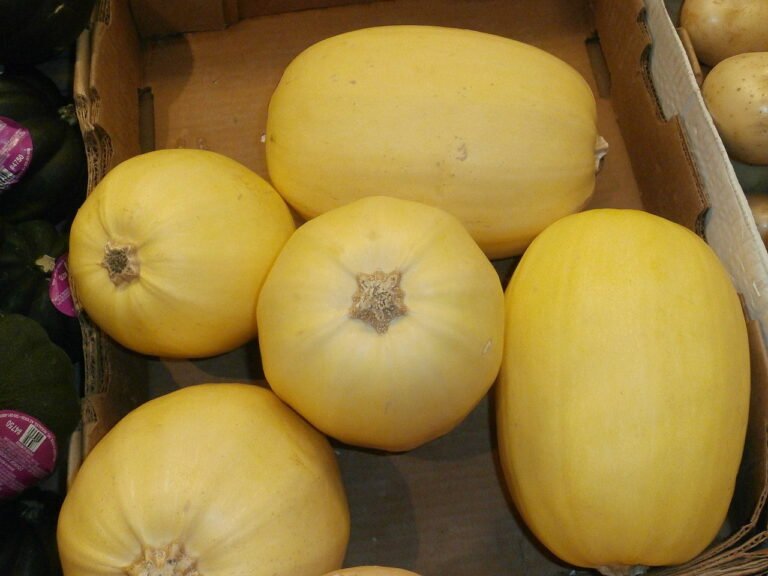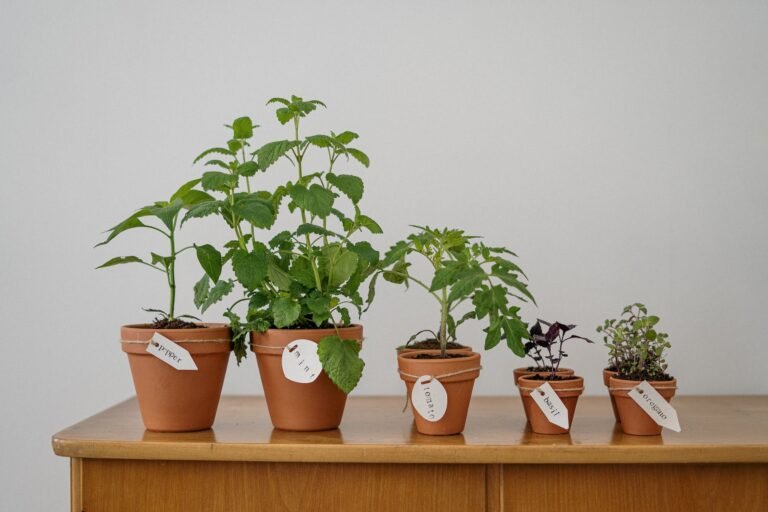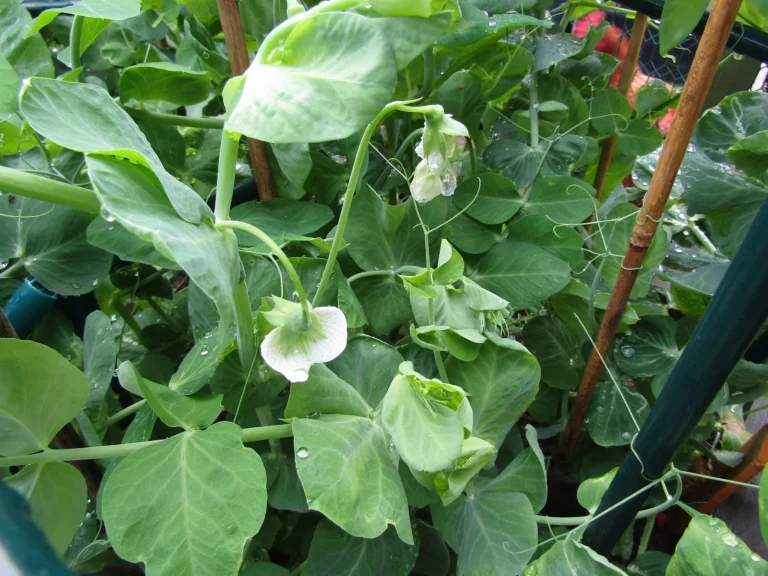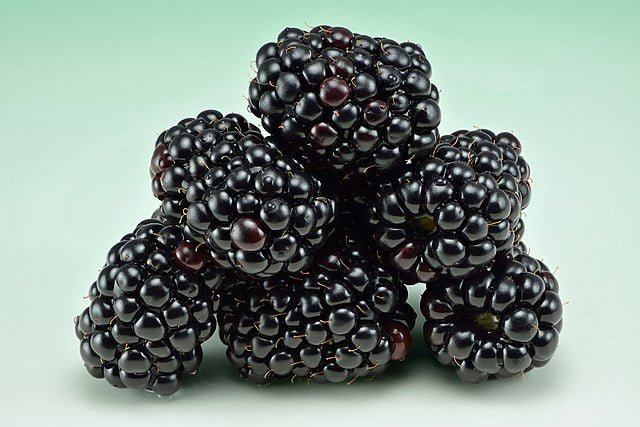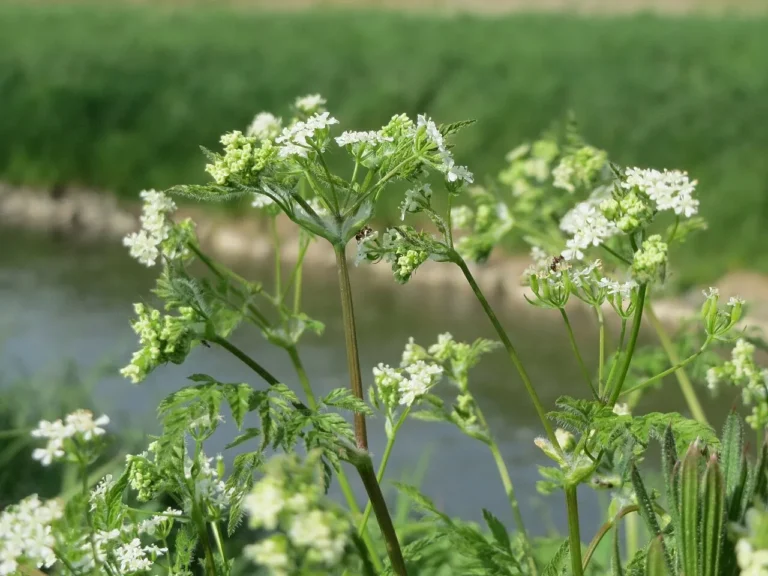Watermelons: Sweet Success in Your Backyard
Watermelons are the quintessence of summer, offering a juicy, sweet treat that’s hard to beat on a hot day. Growing watermelons in your garden can be immensely rewarding, providing you with fresh, flavourful fruits far superior to those you might find at the grocery store. Whether you’re a seasoned gardener or new to the world of melon cultivation, this guide will walk you through the essentials of growing, caring for, and harvesting watermelons.
Why Grow Watermelons?

Watermelons are not just delicious; they’re also packed with vitamins A, C, and antioxidants. Growing your own allows you to choose from a variety of types and sizes, from the classic red to yellow and even mini watermelons, ensuring there’s a type to suit every taste and garden size.
How to Grow Watermelon
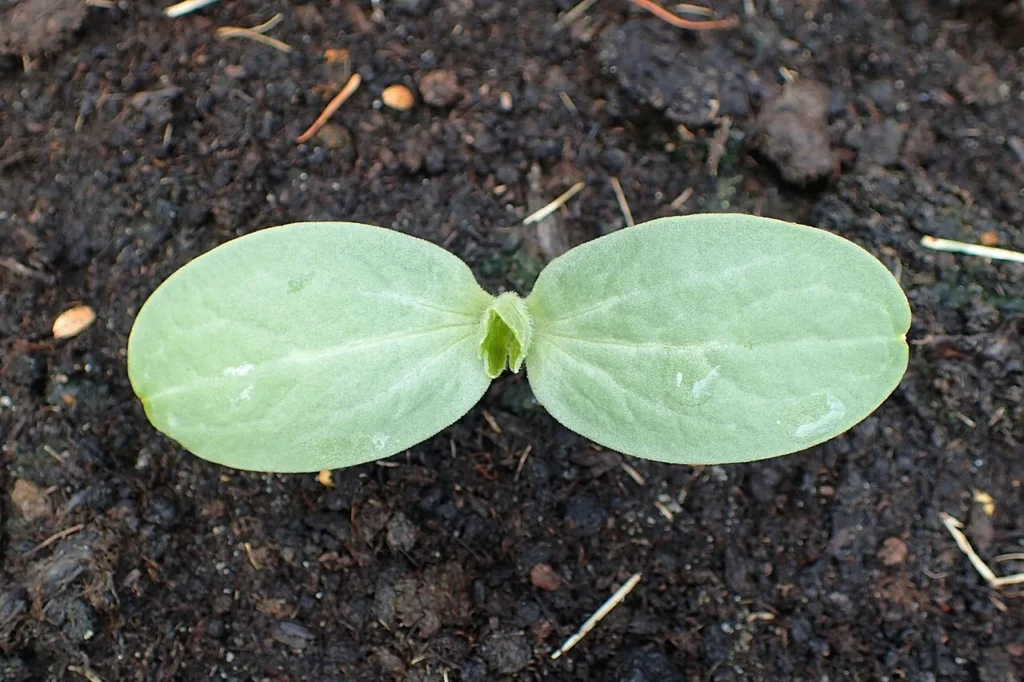
Selecting Watermelon Varieties
When choosing watermelon varieties, consider your growing conditions and personal preferences:
- ‘Sugar Baby’: A popular icebox variety that produces small, sweet melons perfect for small gardens.
- ‘Crimson Sweet’: Known for its classic red flesh and excellent sweetness, this variety is resistant to several common watermelon diseases.
- ‘Moon and Stars’: An heirloom variety with a unique appearance, featuring a dark green rind speckled with yellow spots.
- ‘Yellow Doll’: A fast-maturing variety that yields small, yellow-fleshed fruits with a sweet, tropical taste.
Planting Watermelons
- Timing and Temperature: Watermelons need warm soil to germinate, so plant seeds directly in the ground after the last frost when the soil temperature reaches at least 70°F. In cooler climates, start seeds indoors about a month before transplanting.
- Soil and Site: Choose a sunny location with well-draining soil. Watermelons prefer a slightly acidic to neutral pH (6.0-7.0). Enrich the planting site with compost or well-rotted manure.
- Sowing Seeds: Plant seeds 1 inch deep. If planting in rows, space seeds 2-3 feet apart in rows 6-8 feet apart. For hill planting, sow 4-6 seeds per hill, with hills spaced 6-8 feet apart.
Caring for Watermelon Plants
- Watering: Watermelons require plenty of water, especially during fruit set and growth. Water deeply once a week, providing 1-2 inches of water to moisten the soil to at least 6 inches deep. Avoid overhead watering to prevent diseases.
- Mulching: Use organic mulch to retain moisture, regulate soil temperature, and suppress weeds.
- Fertilizing: Apply a balanced fertilizer at planting and side-dress with a high-potassium fertilizer once the plants start flowering.
Pest and Disease Management
Common pests include cucumber beetles and aphids, while diseases like powdery mildew and fusarium wilt can also affect plants. Use floating row covers to protect young plants from pests and practice crop rotation to prevent disease buildup in the soil.
Harvesting Watermelons
Determining when watermelons are ripe can be tricky. Look for these signs:
- The tendril closest to the fruit turns brown and dries up.
- The underside of the melon where it rests on the ground changes from white to a yellowish colour.
- The melon produces a dull thud rather than a hollow sound when tapped.
Gently twist the melon to separate it from the vine, taking care not to damage the plant.
Watermelon Growing FAQ

What is the best time to plant watermelon?
The best time to plant watermelon is when the soil temperature has reached at least 70°F (21°C), typically after the last frost date in spring. Watermelons love warm weather and should not be planted too early to avoid cold soil and frost damage.
How much space do watermelon plants need?
Watermelon vines require a lot of space to spread out. Plant seeds or seedlings about 2 to 3 feet apart in rows that are 6 to 8 feet apart. If you’re short on space, consider training the vines to grow up a trellis or fence.
How often should I water my watermelon plants?
Watermelon plants need consistent moisture, especially during the fruit setting and growing stages. Water deeply once or twice a week, providing 1 to 2 inches of water each time. Avoid overhead watering to minimize the risk of leaf diseases.
What kind of fertilizer should I use for watermelons?
Use a balanced, all-purpose fertilizer at planting time. Once the plants begin to flower and set fruit, switch to a high-phosphorus, low-nitrogen fertilizer to encourage big and sweet fruits.
How do I know when to harvest my watermelons?
Watermelons are ready to harvest when the underside of the fruit turns from white to a creamy yellow color, and the fruit sounds hollow when tapped. The tendril closest to the fruit will also dry up and turn brown.
Can watermelons be grown in containers?
Yes, dwarf or bush varieties of watermelon can be grown in large containers. Ensure the container is at least 5 gallons in size and has good drainage. Container-grown watermelons may require more frequent watering.
What are common pests and diseases that affect watermelons?
Common pests include aphids, cucumber beetles, and squash vine borers. Diseases like powdery mildew, downy mildew, and fusarium wilt can also affect watermelons. Use floating row covers to protect young plants from pests and practice crop rotation to minimize disease risks.
Additional Resources for Growing Watermelon
For gardeners seeking further information on cultivating watermelons, the following resources are invaluable:
- “Melons for the Passionate Grower” by Amy Goldman: This beautifully illustrated book provides detailed information on growing, harvesting, and enjoying a variety of melons, including watermelons. Amy Goldman shares her expertise and passion for melons, offering practical advice and fascinating insights into heirloom and specialty melons.
- Clemson Cooperative Extension – Home & Garden Information Center: The Clemson Cooperative Extension provides an extensive guide on growing watermelons, covering topics such as planting, care, pest management, and harvesting. Their resources are based on scientific research and offer valuable information for gardeners of all levels.Clemson Cooperative Extension – Watermelons
Final Thoughts
Growing watermelons can be a fun and fruitful endeavour, bringing the taste of summer right to your backyard. With proper care, the right conditions, and a bit of patience, you can enjoy the unparalleled joy of harvesting your own sweet, juicy watermelons.



